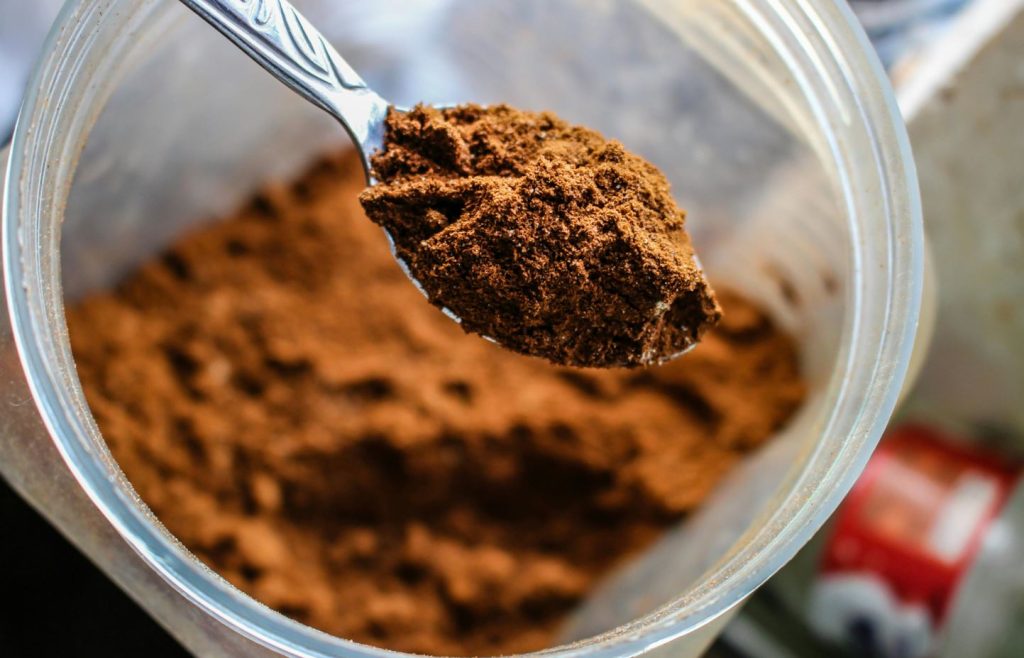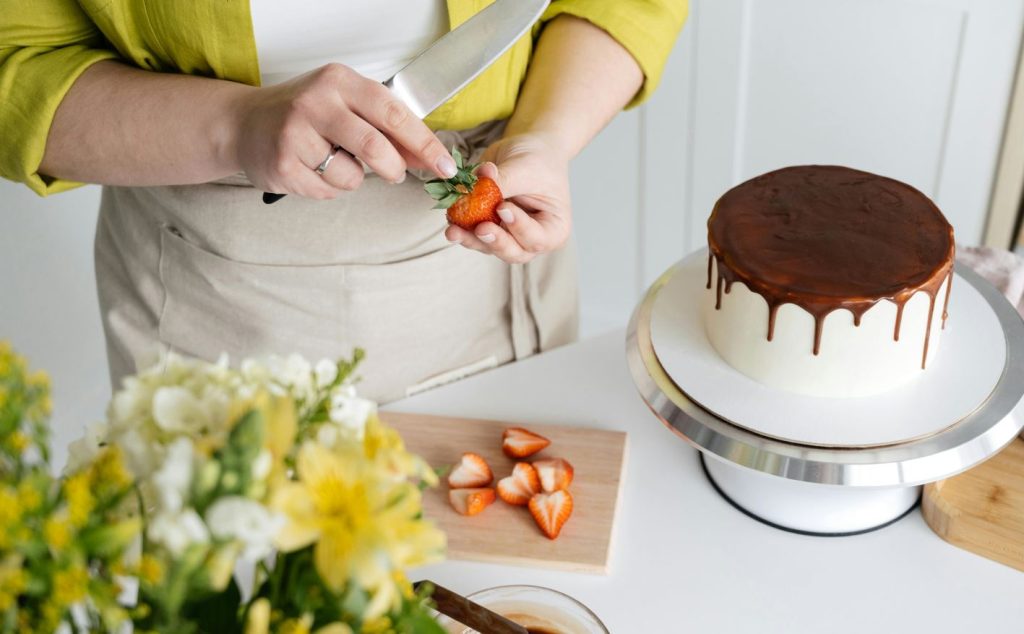Chocolate is a beloved treat around the world, known for its velvety taste and comforting effects. But before chocolate becomes the sweet confection we all enjoy, it starts as cacao, a nutrient-packed superfood with a rich history and numerous health benefits. Let's explore the wonders of cacao powder, its journey from bean to powder, and the many ways you can incorporate it into your diet.
Summary
The origins of cacao beans trace back to the Olmecs in Mesoamerica, who first cultivated and used them to create a bitter beverage. The Mayans and Aztecs further developed cacao's use, integrating it into their cultures as a sacred symbol, a form of currency, and a key element in rituals. The Spanish introduced cacao to Europe in the 16th century, where it evolved into the sweet chocolate we know today. Australia later embraced cacao, developing a unique chocolate industry that emphasizes quality, sustainability, and cultural integration. Throughout history, cacao has transformed from a ritualistic and medicinal commodity to a global culinary delight.
The Rich History of Cacao
Cacao's history is as rich as its flavour. The Mayans and Aztecs, who lived thousands of years ago in the tropical forests of Mesoamerica, were the first to cultivate and cherish this precious crop. To them, the cacao bean was a sacred gift from the gods, integral to their spiritual and social lives.
The Mayans began planting cacao around 600 A.D., referring to it as the "food of the gods." They believed the cacao tree connected the sky and earth, and they used its beans in both rituals and daily life, often enjoying cacao as a frothy, hot beverage mixed with honey, vanilla, and chili peppers.
The Aztecs, on the other hand, elevated cacao to luxury status, restricting its use to nobility and warriors. They even used cacao beans as currency, underscoring their value in trade and commerce. The Aztec Emperor Montezuma famously consumed large quantities of cacao before visiting his harem, leading to the belief that cacao had aphrodisiac properties—a notion that persists today.
When Spanish explorers like Hernán Cortés encountered cacao in the 16th century, they brought it back to Europe, where it quickly became a favourite among royalty. Over time, cacao was sweetened and spiced, leading to the development of the chocolate we know today.
From Bean to Powder: The Cacao Journey
The transformation of cacao from a humble bean to the aromatic powder we use today is a fascinating process that blends tradition with modern techniques. Cacao trees thrive in the tropical rainforests near the equator, producing pods filled with cacao beans surrounded by a sweet pulp.
Once harvested, the beans and pulp are fermented, a critical step that develops the beans' distinctive chocolate flavour and reduces their bitterness. After fermentation, the beans are sun-dried, roasted, and winnowed to remove the outer shells, revealing the inner nibs. These nibs are rich in cocoa butter and full of intense chocolate flavour.
The nibs are then ground into a paste known as chocolate liquor or cocoa mass. To make cacao powder, the chocolate liquor is pressed to remove most of the cocoa butter, leaving behind a cake-like substance that is finely ground into powder.
It's important to note the difference between cacao and cocoa. Cacao refers to the raw or minimally processed form, which retains most of its nutritional benefits. In contrast, cocoa is typically processed at higher temperatures, which may reduce its health benefits.

Nutritional and Health Benefits of Cacao Powder
Cacao powder isn't just a culinary delight; it's also a powerhouse of health benefits. Here's what makes cacao powder so special:
- Rich in Antioxidants: Cacao powder is loaded with flavonoids and polyphenols, antioxidants that help fight free radical damage, reduce oxidative stress and may lower the risk of chronic diseases like heart disease and cancer.
- Mood Enhancement: Cacao contains theobromine, a natural stimulant, and phenylethylamine (PEA), which can boost mood and induce feelings of joy. It also stimulates the release of serotonin and endorphins, helping to alleviate depression and promote mental well-being.
- Heart Health: The flavonoids in cacao support cardiovascular health by improving blood flow, reducing blood pressure, and enhancing heart function. Cacao can also help balance cholesterol levels by lowering LDL ("bad") cholesterol and increasing HDL ("good") cholesterol.
- Brain Function: Cacao is beneficial for cognitive health, with studies showing that its compounds can improve memory, concentration, and processing speed. The antioxidants in cacao may also protect the brain from age-related decline.
- Mineral-Rich: Cacao powder is an excellent source of essential minerals like magnesium, which is crucial for muscle function and energy production, iron for red blood cell production, and zinc for immune health and wound healing.
- Digestive Health: Cacao powder contains dietary fibre, which supports a healthy digestive system. Fiber helps maintain regular bowel movements and promotes a healthy gut microbiome, which is important for overall health.
How to Incorporate Cacao Powder into Your Diet
Cacao powder is incredibly versatile and can be added to a variety of dishes. Here are some ideas to get you started:
- Morning Boost:
- Smoothies: Add a spoonful of cacao powder to your morning smoothie for a rich, chocolatey flavour and a boost of antioxidants.
- Oatmeal: Sprinkle cacao powder over oatmeal or porridge for a decadent breakfast treat.
- Sweet Treats:
- Baking: Substitute cacao powder for cocoa powder in your favourite baked goods for a richer flavour and more antioxidants.
- Puddings: Blend cacao powder with avocado, sweetener, and vanilla for a creamy, guilt-free chocolate pudding.
- Warm Beverages:
- Hot Chocolate: Mix cacao powder with milk and sweetener for a comforting drink. Add cinnamon or cayenne for an extra kick.
- Cacao Coffee: Add cacao powder to your coffee for a mocha-inspired drink.
- Savoury Dishes:
- Spice Rubs: Add a pinch of cacao powder to spice rubs for meats to introduce a complex depth of flavor.
- Sauces and Mole: Use cacao powder or traditional mole powder in sauces for a rich, layered taste.
- Healthy Snacks:
- Energy Balls: Combine cacao powder with dates, nuts, and seeds to make energy-packed snack balls.
- Yogurt Topping: Stir cacao powder into yogurt and top with fruit for a healthy snack.
Conclusion
Cacao powder is not just a delicious ingredient; it's a superfood packed with health benefits. From its rich history to its versatile uses in the kitchen, cacao powder is a must-have for chocolate lovers and health enthusiasts alike. Just remember to choose pure, organic cacao powder without added sugars or additives to reap the most benefits. Enjoy cacao in moderation, and savour the delightful flavours and health perks it offers.
Frequently Asked Questions
Cacao powder is made from raw, unroasted cacao beans, preserving more of its nutrients, including antioxidants, minerals, and flavonoids. Cocoa powder, on the other hand, is made from roasted beans and is often processed with heat, which can reduce its nutritional value. While both powders come from the same beans, cacao is the preferred choice for those seeking maximum health benefits.
Cacao powder is incredibly versatile and can be added to a variety of dishes. Use it in smoothies for a morning antioxidant boost, sprinkle it over oatmeal, or blend it into homemade desserts like brownies and pudding. It also works well in savoury dishes, such as spice rubs for meats or in rich sauces like mole. Don’t forget to try it in warm beverages like hot chocolate or a cacao-infused coffee.
Generally, cacao powder is safe for most people to consume. However, it does contain stimulants like caffeine and theobromine, so individuals sensitive to these compounds should use it in moderation. Additionally, those with food allergies or specific dietary restrictions should consult a healthcare professional before incorporating cacao powder into their diet.
To keep cacao powder fresh, store it in a cool, dark place, away from direct sunlight and moisture. It's best to use an airtight container to prevent it from absorbing any odours from other foods. When stored properly, cacao powder can remain fresh and potent for up to two years.
Yes, cacao powder can be substituted for cocoa powder in most recipes at a 1:1 ratio. However, because cacao powder has a more intense flavour and is less processed, you might notice a

